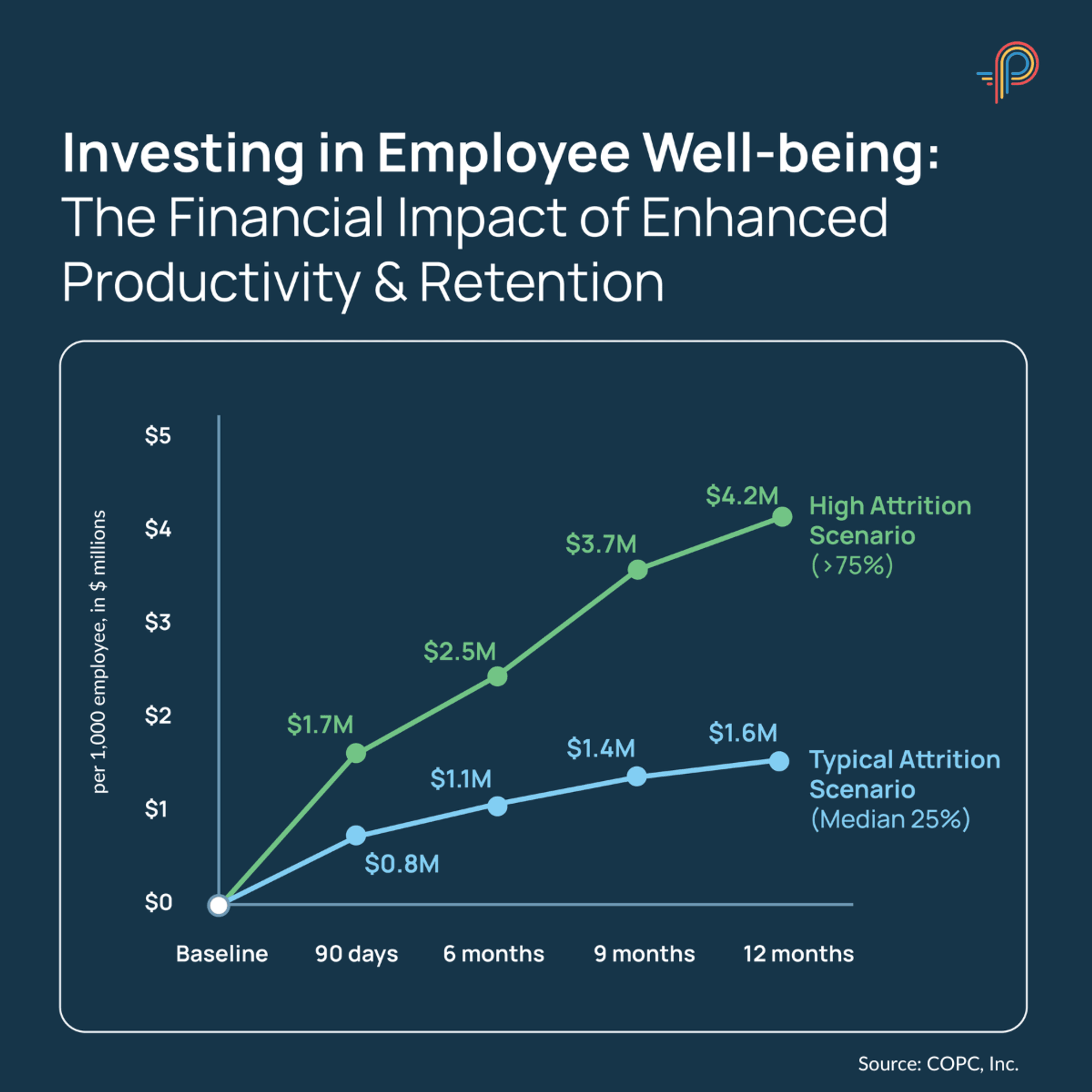How Frontline Leaders Build Operational Stability
Why Operational Stability Matters Amid Constant Change
In today’s environment of AI adoption, economic shifts, and regulatory uncertainty, frontline operations leaders face a constant reality: change. Luckily, amid continuous change, operational stability is one thing leaders can control.
Operational stability is a leadership strategy that sustains performance throughout disruption. It relies on consistent behaviors, routines, and expectations that give frontline teams the structure to stay focused and resilient.
How to Spot Instability In Frontline Teams
Operational stability often starts to erode long before significant performance metrics decline. Early warning signs are visible in frontline behaviors, communication breakdowns, and shifting team sentiment.
Common signs that stability may be slipping include:
- Supervisors delivering inconsistent guidance across teams
- Daily huddles or one-on-one check-ins are being irregularly scheduled or cancelled
- Mixed or inconsistent messaging across shifts, teams, or regions
- Frontline team members are unclear about goals or expectations
- Declines in customer satisfaction (CSAT) or first contact resolution (FCR) without a clear cause
- Rising early attrition or drop-offs in employee engagement
Recognizing these patterns early allows frontline leaders to reinforce stability before larger operational risks emerge.
The 3 Anchors Of Operational Stability During Change
Maintaining frontline performance during change requires preserving essential structures that help teams adapt with focus and confidence. Frontline leaders should reinforce 3 core operational anchors:
1. Protect Leadership Consistency To Sustain Team Trust
Even if it is not always obvious, frontline teams pay close attention to leadership behavior during periods of uncertainty. Consistency in leadership actions and expectations provides reassurance and focus.
Leaders can reinforce operational stability by focusing on the following:
- Reinforce respect, transparency, and accountability across all situations
- Maintain steady decision-making principles
- Coach frontline supervisors to model these behaviors consistently, even under pressure
2. Maintain Reliable Communication Rhythms Under Pressure
Familiar communication routines offer much-needed structure and predictability during change or uncertainty. Leaders should prioritize maintaining communication rhythms that frontline teams can rely on.
Key communication practices include:
- Daily huddles, one-on-one meetings, and team updates that are kept on a consistent schedule
- Regular meetings to define what’s changing and what remains consistent
- Dedicated spaces created for open questions and feedback without altering familiar formats
3. Anchor Teams With Clear, Consistent Performance Goals
Frequent shifts in performance expectations during periods of change can create confusion and erode confidence. Conversely, maintaining a consistent set of core success measures provides teams stability and focus.
Frontline leaders can reinforce operational clarity by consistently focusing on these key performance practices:
- Prioritize KPIs tied to customer experience, quality, and team health, such as FCR and CSAT
- Introduce new initiatives as enhancements to existing objectives, rather than replacements
- Publicly recognize teams and individuals who continue to meet established success measures
Real-World Lessons: Stability in Action
Building operational stability starts with frontline leaders who can create structure, clarify expectations, and maintain discipline across teams. These operational behaviors cascade through organizations, influencing how teams adapt to change and maintain consistent performance.
One senior business manager at a major home improvement retailer shared how targeted development helped sharpen the operational skills that drive stability across projects and teams:
"I'm a project manager responsible for launching and monitoring projects for a large team. My goal is to more efficiently manage our projects, stakeholders, and scope."
Through a focus on process discipline and project clarity, this leader strengthened the operational foundations needed for consistent execution:
"Pathstream allowed me to have a more clear understanding of how to structure certain aspects of a project and apply more critical thinking and problem solving throughout the duration of a project."
These improvements led to measurable operational enhancements:
"I've started modifying my company's project charter template to include more formal tracking of stakeholders, scope, risks, assumptions, changes, and deliverables. This has created a more formal process from the start of projects, enabling us to streamline processes and hold teams accountable to adhering to the deliverables."
When frontline leaders improve structure, clarity, and accountability, they create the operational stability teams need to navigate constant change successfully.
Sustaining Operational Stability Throughout Constant Change
Operational stability is the steady foundation that allows teams to navigate change with discipline and clarity.
Frontline operations leaders create this foundation by reinforcing consistent leadership behaviors, maintaining predictable communication rhythms, and focusing teams on a clear set of performance metrics. These anchors provide the structure that teams need to perform during periods of uncertainty.
Developing communication and stakeholder management skills at the frontline strengthens team stability. When frontline leaders operate with clarity and consistency, the entire organization becomes more resilient and better equipped to manage continuous disruption.
Operational stability is a deliberate leadership strategy that protects performance through change.
Pathstream helps frontline teams in financial services and other industries build the leadership skills needed for operational stability. Learn how our frontline leadership solutions strengthen performance during change. Schedule a call today.























